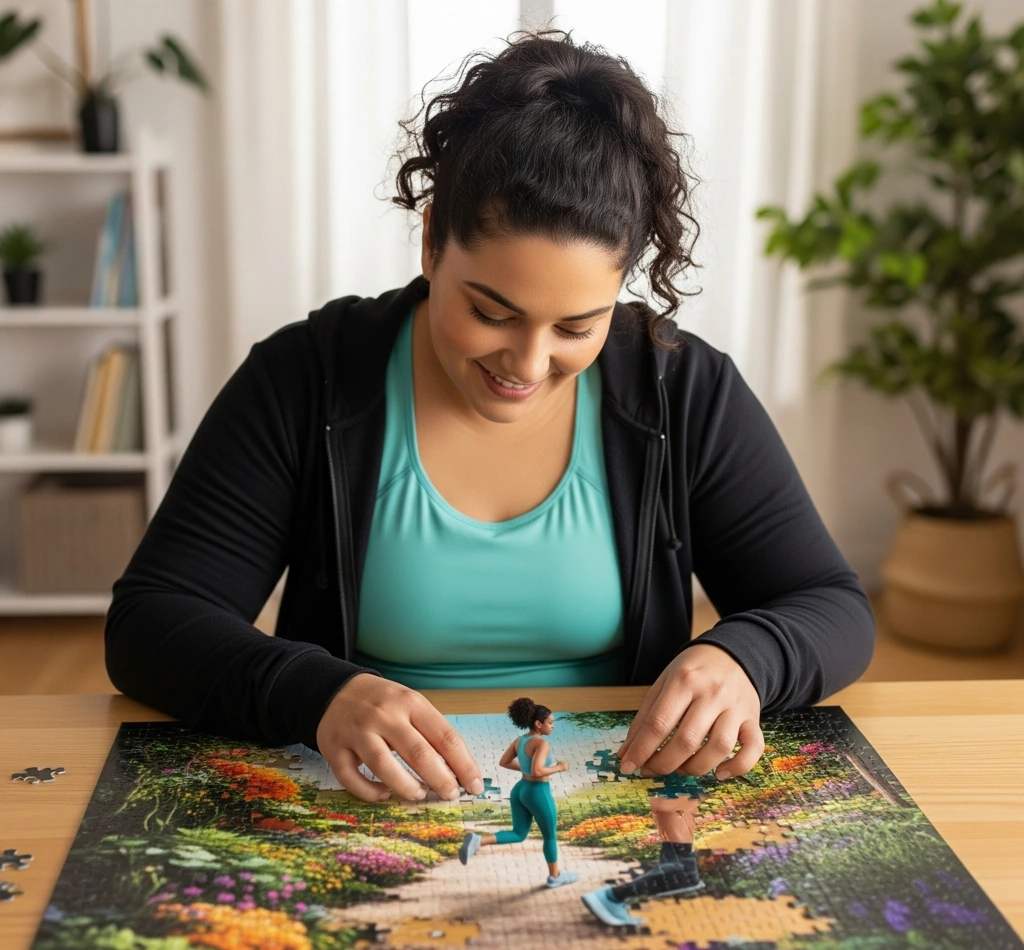However, starting a new habit can be challenging without a clear, structured approach. Here’s a comprehensive step-by-step guide to help you establish and maintain a new habit.

Step 1: Identify Your Desired Habit
Discover practical strategies for setting meaningful goals with the "Goal Setting Unveiled" guide on MyHabits.info. This comprehensive article introduces various goal-setting methods, including S.M.A.R.T. goals for clear and achievable objectives, O.K.R.s for ambitious outcomes paired with measurable results, and the "7 Whys" technique for uncovering deeper motivations. It also explores vision boards for visual inspiration, backward planning for detailed roadmaps, the GROW model for structured problem-solving, and Ikigai for aligning goals with personal passions and values. Start your goal-setting journey with these powerful tools and techniques.
For more details, visit the Goal Setting Unveiled page.
Step 2: Understand Your Motivation
A vital component of effective goal setting is understanding the deeper motivations behind your objectives. The article "Unveiling Your True Objectives: The Power of the '7 Whys'" on MyHabits.info introduces a transformative technique that involves asking "Why?" seven times to dig into the core reasons for your goals. This process helps strip away superficial desires, revealing the true motivations that drive your actions. By incorporating this method, you can align your goals more closely with your authentic values and ensure they are both meaningful and compelling.
For more details, visit the full article.
Step 3: Start Small
Starting with a small, manageable version of your habit makes it easier to stick with and less daunting.
Example: If your goal is to run regularly, start with running for 10 minutes a day rather than 30 minutes.
Tips:
- Lower the Barrier: Make the habit so easy that you can’t say no.
- Gradually Increase: Once the small habit is established, gradually increase the duration or intensity.
Step 4: Use the Cue-Routine-Reward Loop
Understanding the habit loop (cue, routine, reward) can help you establish new habits more effectively.
- Cue: The trigger that initiates the habit.
- Routine: The behavior itself.
- Reward: The benefit you gain from the habit.
Example:
- Cue: Placing your running shoes by the door.
- Routine: Going for a run.
- Reward: Enjoying a refreshing shower afterward.
Tips:
- Identify Triggers: Find cues that can consistently trigger the habit.
- Immediate Rewards: Choose rewards that you can enjoy immediately after completing the habit.
Step 5: Create a Supportive Environment
Design your environment to support your new habit. Make it easier to engage in the habit and harder to engage in behaviors that conflict with it.
Example: If you want to eat healthier, keep nutritious snacks visible and readily available, and remove junk food from your home.
Tips:
- Remove Obstacles: Eliminate any barriers that make it difficult to perform your habit.
- Add Positive Cues: Surround yourself with reminders and tools that support your habit.
Step 6: Track Your Progress
Monitoring your progress helps you stay motivated and provides a sense of accomplishment.
Example: Use a journal or a habit-tracking app to record each time you complete your habit.
Tips:
- Daily Tracking: Mark off each day you complete the habit.
- Review Regularly: Reflect on your progress weekly or monthly.
Step 7: Be Consistent
Consistency is key to turning a behavior into a habit. Aim to perform the habit at the same time and in the same context each day.
Example: If your habit is to meditate, do it every morning after waking up.
Tips:
- Stick to a Routine: Make the habit a non-negotiable part of your daily schedule.
- Be Patient: Understand that it takes time to build a new habit, typically around 21 to 66 days.

Step 8: Overcome Obstacles
Expect challenges and setbacks. Plan for how you will overcome them.
Example: If you miss a day of your habit, don’t get discouraged. Focus on getting back on track the next day.
Tips:
- Identify Challenges: Anticipate potential obstacles and plan how to address them.
- Have a Backup Plan: Create strategies for maintaining the habit even when life gets busy or stressful.
Step 9: Find Accountability
Having someone to hold you accountable can increase your chances of sticking with your habit.
Example: Join a running group or find a workout buddy.
Tips:
- Share Your Goals: Tell friends or family about your new habit.
- Join a Community: Engage with online or local groups that share your interest.
Step 10: Celebrate Successes
Recognize and celebrate your progress and milestones. Celebrating small wins keeps you motivated.
Example: Treat yourself to a new book after a month of consistent reading.
Tips:
- Reward Yourself: Find meaningful and healthy ways to reward yourself for sticking to your habit.
- Reflect on Achievements: Take time to acknowledge how far you’ve come.
Conclusion
Starting a new habit requires a thoughtful and strategic approach. By following these steps—identifying your habit, understanding your motivation, starting small, using the habit loop, creating a supportive environment, tracking progress, being consistent, overcoming obstacles, finding accountability, and celebrating successes—you can establish and maintain habits that lead to lasting positive change. Remember, the key to success is persistence and patience. Each small step you take brings you closer to integrating new, beneficial habits into your life.